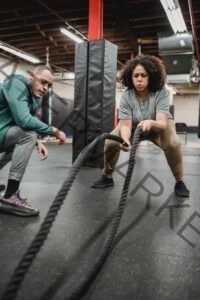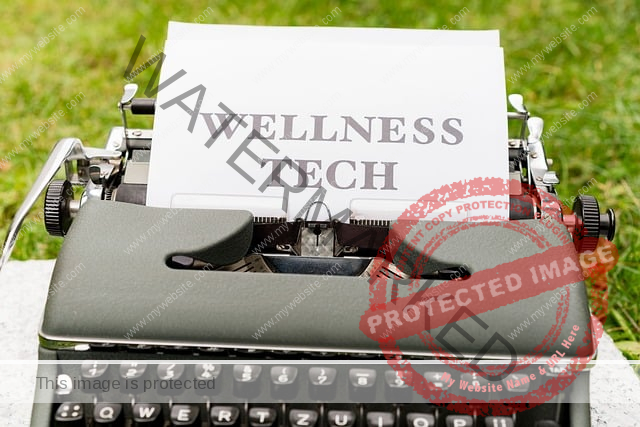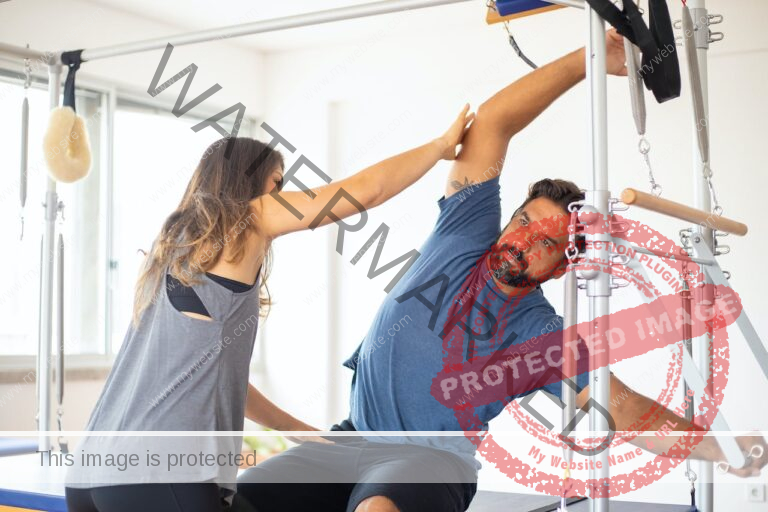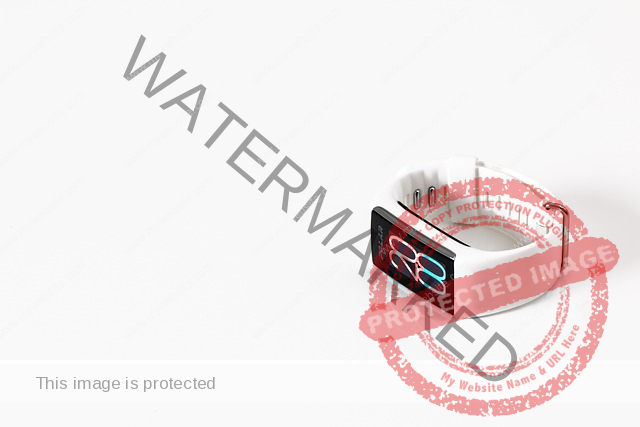Certified Personal Trainer: 10 Best Steps to Take How to Become.
Overview: Certified Personal Trainer
Certified Personal Trainer: Getting a recognized certification, gaining real-world experience, and finishing school are all necessary to become a qualified personal trainer. To help you along the way, here are eight steps:
1. Educational History:
High School Certificate or Equivalent: The majority of certification programs need that applicants hold a high school certificate or its equivalent.

2. Qualifications for Education:
Completing Related Coursework: Having experience in kinesiology, exercise science, or a related topic might be helpful, even though a specialized degree isn’t always necessary. Certified Personal Trainer To obtain a strong knowledge base, many trainers get degrees in these fields.
3. Select a Field of Expertise:
Determine Your Specialization: Certified Personal Trainer Choose the particular demographic or fitness niche you wish to focus on, such as weight loss, sports conditioning, general fitness, or special groups like the elderly or people with medical issues.
4. Certification in CPR and AED:
Become Certified in CPR and AED: The majority of certification programs demand that applicants possess a current certification in both CPR (cardiopulmonary resuscitation) and AED (automated external defibrillator). Certified Personal Trainer Having these abilities is crucial for managing crises.
5. Choose a Course of Certification:
Select a Reputable Certification: Go with a certification course approved by a reputable accrediting organization. The American Council on Exercise (ACE), the National Strength and Conditioning Association (NSCA), and the National Academy of Sports Medicine (NASM) are well-known organizations.

6. Get ready for the test:
Review and Study the Content: Anatomy, exercise physiology, program design, nutrition, and client assessment are all commonly covered in certification tests. Certified Personal Trainer Make use of the study materials that the certifying body has provided, and take into account other study materials.
7. Take the Certification Exam and Get Passed:
Plan and Take the Exam: After you believe you are ready, plan to take the certification exam. There may be differences in the format (online versus in-person) and passing scores between organizations. If you finish successfully, you become certified.
8. Continue Your Education and Maintain Your Certification:
Keep Up: You’ll probably need to take part in continuing education through conferences, workshops, or courses in order to keep your certification. Certified Personal Trainer This guarantees that you retain a high level of expertise and remain up to date on new innovations in the fitness industry.
9. Network in the Industry: Create Professional Relationships: Join fitness communities, go to industry events, and network with other fitness professionals. Developing relationships can lead to job openings, joint ventures, and customer recommendations.
10. Keep Up with Market Trends:
Continuing Education: New research and trends are constantly developing in the dynamic fitness sector. Certified Personal Trainer Read pertinent periodicals, take part in workshops, and pursue continuing education to stay informed.
11. Legal Points to Remember:
Insurance for Liability: To safeguard oneself in the event of unanticipated events or mishaps during training sessions, think about getting liability insurance.
12. Get Extra Certifications (If Needed):
Specialized Qualifications: Consider earning additional qualifications in areas like nutrition coaching, corrective exercise, or specialty populations, depending on your area of expertise.

Extra Advice:
Get Real-World Experience: Think about working at a fitness center or gym, or applying for internships to obtain practical experience. Gaining practical experience will improve your abilities and increase your marketability.
Make connections with other fitness professionals in the field by joining communities, going to industry events, and building relationships. Certified Personal Trainer Opportunities for employment and cooperation can arise through networking.
Anyone in a career where emergency response may be necessary should have certification in CPR (cardiopulmonary resuscitation) and AED (automated external defibrillator). The following is a guidance on how to become certified in
CPR and AED use:
1. Recognize the Significance of CPR and AED Certification: CPR is a life-saving procedure performed in an emergency when a person’s breathing or heartbeat has stopped. AEDs are machines that help people suffering from sudden cardiac arrest to regain a regular heartbeat.
2. Determine Certification Providers: CPR and AED certification is provided by a number of organizations. The American Heart Association, the American Red Cross, and the Health and Safety Institute are examples of common suppliers.
3. Choose the Right Certification Course: Different courses cater to different groups of people, such as the general public, non-healthcare workers, and healthcare professionals. Select a course based on your requirements as a professional and your needs.
4. Enroll in a Course: Both online and in-person options are available for many certification courses. Interactive lectures, video modules, and quizzes are common features of online courses. Courses held in person offer practical experience.
5. Finish the Course Material: Go through each module, each video, and each reading if you decide to take an online course. Be mindful of the appropriate ways to perform rescue breaths, chest compressions, and AED use.
6. If relevant, Participate in In-Person Training: If you choose to take an in-person course, show up for the planned training sessions. Typically, these workshops include tests of practical skills that let participants practice using an AED and doing CPR under an instructor’s supervision.
7. Pass the Certification Exam: To determine your level of comprehension, most certification programs end with an exam. Obtaining a certification requires obtaining a passing score.
8. Get Your Certification: You will get a CPR and AED certification card after passing the course and exam. This card serves as verification of your training and is typically only good for a certain amount of time before needing to be renewed.
9. Keep Up to Date: CPR procedures and recommendations are subject to change. Keep yourself updated on any changes to CPR and AED protocols, and think about getting your certification renewed before it expires.
10. Examine Advanced Training: You might wish to look into advanced CPR and first aid training, depending on your interests or line of work. This can include healthcare providers taking courses like Basic Life Support (BLS).
11. Renewal of Certification: Certifications in CPR and AED often have an expiration date. To keep your abilities current, be proactive in renewing your certification before it expires.

Summary:Certified Personal Trainer
A Certified Personal Trainer must possess a variety of skills, including motivation, efficient communication, and practical experience. You can have a prosperous career assisting people in reaching their fitness objectives by earning the necessary qualifications, accumulating real-world experience, and being up to date with market trends. Your long-term success in the fast-paced industry of personal training will also be aided by ongoing education and a dedication to professional growth.
Selecting a specialization, getting ready for and passing a certification exam, and maintaining current through continuous education are all part of the process. You can position yourself as an experienced and capable personal trainer who is prepared to assist clients in reaching their fitness objectives by following these steps.
You have to wait 30seconds.




